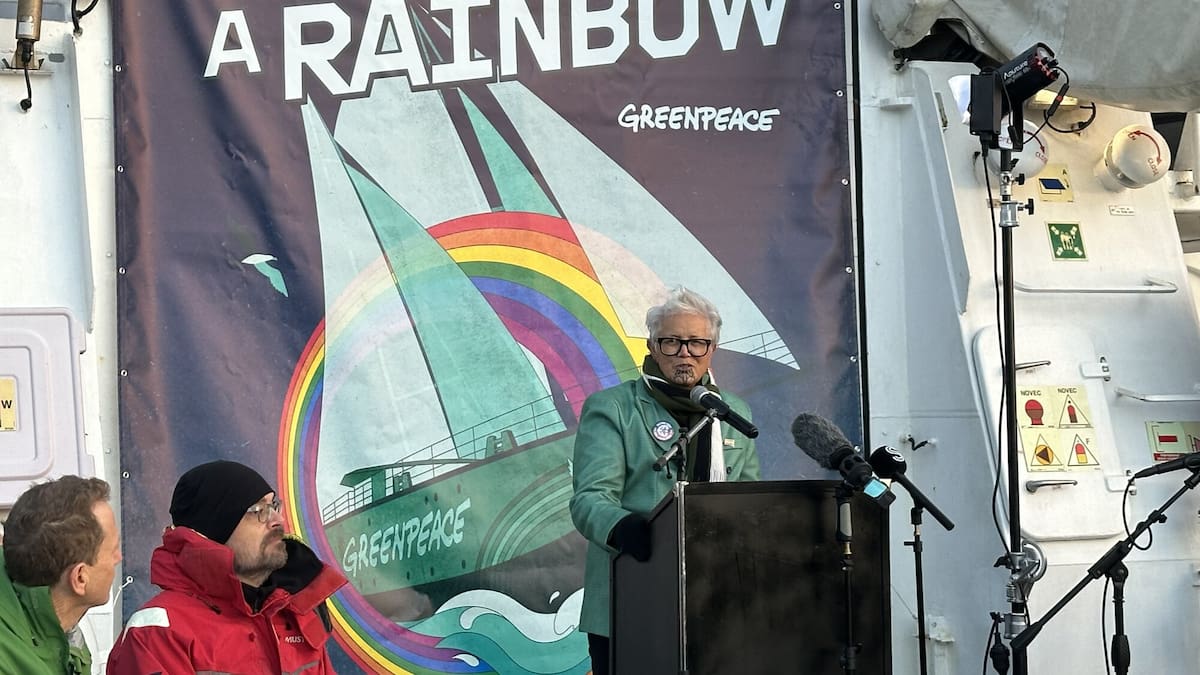Auckland's Urban Renaissance: How New Zealand's Largest City is Embracing Progressive Change
From climate activism to urban renewal, Auckland is witnessing a remarkable transformation in its approach to city development and environmental consciousness. The return of the Rainbow Warrior, coupled with innovative urban planning and climate resilience initiatives, signals a new era for this Pacific metropolis.

The Rainbow Warrior returns to Auckland harbour, symbolizing the city's ongoing commitment to environmental activism and sustainable development
A City's Environmental Legacy and Urban Evolution
In a powerful demonstration of Auckland's enduring environmental consciousness, the Rainbow Warrior's return has reignited discussions about climate activism and urban sustainability. At a dawn ceremony marking this significant moment, Sharon Aroha Hawke eloquently connected the dots between environmental activism and indigenous rights, speaking of 'the struggle for a nuclear-free, decolonised, independent Pacific.'
'Fear didn't work then and it won't work now. Courage is contagious,' declared Greenpeace International's programme director, Carmen Gravatt, reflecting on the movement's resilience.
Urban Regeneration and Sustainable Development
The city's commitment to progressive urban development is exemplified by significant transformations in its central business district. With 15,000 new jobs since 2019 and a 24% increase in GDP, Auckland's city centre is evolving beyond the traditional commuter hub model.
Retail Renaissance and Public Spaces
The success of businesses like Crane Brothers, which recently committed to a 25-year lease in High Street, demonstrates the vitality of Auckland's urban core. This commitment to local, experiential retail aligns with global trends in sustainable urban development.
Climate Resilience and Infrastructure
Auckland Council's innovative 'Making Space for Water' initiative represents a forward-thinking approach to climate adaptation. The plan includes:
- Converting urban spaces into flood-detention wetlands
- Implementing sustainable water management systems
- Developing climate-resilient infrastructure
Environmental Heritage and Future Planning
The reopening of the Zig Zag Track, following extensive storm damage, exemplifies the delicate balance between public access and environmental protection. The collaboration with Te Kawerau a Maki demonstrates the importance of indigenous partnerships in environmental stewardship.
Challenges and Opportunities
As Auckland faces pressure to 'stick to basics' from central government, the city must navigate the complex relationship between fiscal responsibility and necessary climate action. The council's chief executive emphasizes that climate resilience is not optional but fundamental to the city's future.
Thomas Reynolds
Correspondent for a London daily, specialist in British foreign policy and transatlantic issues.
